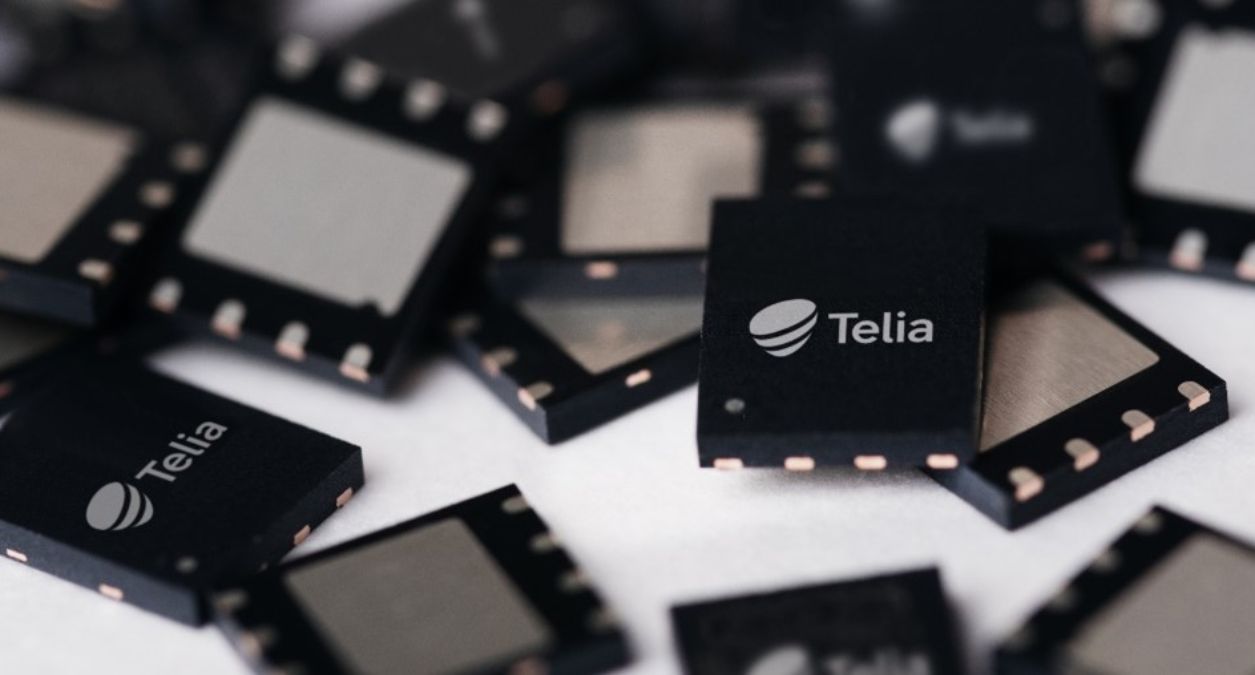Future-proofing global IoT connections: What to know and what to do
Connectivity is crucial for future-proofing business. It enables stronger product development, predictive maintenance, optimized operations and cost savings. Recently, leading technology media platform IoT for All published an article in which Telia Company describes how to future-proof global IoT connectivity. With expectations that in 2024, the market value for global IoT will cross the $1 trillion* threshold, the right connectivity is essential. Here too, we look at the considerations.
Of course, not every IoT deployment needs global connectivity. But if you serve customers in multiple countries—or plan to expand your business to new countries someday—you need a future-proof global IoT connectivity solution. To understand solutions, however, you need to know why many companies struggle with global IoT connectivity.
IoT keeps delivering more data for better insights, stronger capabilities for new products and powerful visibility into the assets that make companies work. In fact, connecting assets saves significant costs, so it’s increasingly hard to compete without IoT—and the connectivity that makes it possible.
But complexity increases when assets span the globe or move from one location to another, even as business requirements become more critical. Connecting IoT locally is challenging enough. The challenges multiply in global connections.
These are the challenges:
The Challenge of Connecting Your IoT Devices Globally
Even in the home market, it’s not easy to connect IoT services and applications. You must navigate all the different connectivity providers, subscriptions, and constantly evolving network technologies. The days when 2G and 3G networks covered the world are numbered. New IoT-specific technologies like NB-IoT, LTE-M, and 5G are being deployed.
Regardless of network technology, there is also end-to-end security to consider, from the device through the connection to your backend. And it takes a solution that’s flexible enough to support any changing needs.
When you connect your products across the world, these obstacles multiply—and a few new ones arrive. Connectivity challenges—which will increase both costs and complexity—fall into three categories:
Operational challenges
To connect products globally, you most likely will have to manage multiple operators with their own contractual arrangements, service levels, and support processes. Purchasing connectivity around the world can result in long and costly contract processes with complex invoicing. Multiple pricing plans are tough to manage, and hidden charges may add up, while pricing can change unexpectedly.
When you source connectivity through multiple operators, you also have to handle multiple SIM stocks. That complicates SKU management with asset configurations and inventory issues; it prevents single-SKU systems entirely. Worst of all, your product’s user experience may suffer as you struggle to ensure a unified level of quality across multiple networks.
Technical challenges
With multiple operators, you’ll face more complex technical integrations. You’ll spend more time and resources creating secure connections. Seemingly simple tasks like managing access point names (APNs) become long, drawn-out processes. Even SMS short code management becomes more complex as you work with many operators in many nations.
Regulatory challenges
Every nation handles data privacy a little differently, which can make it difficult to comply with local privacy laws. That complicates data management as a whole. And some countries limit or ban permanent roaming to protect local markets, fracturing roaming-based connectivity strategies.
Local regulations can change quickly, and could leave you noncompliant overnight. It’s often quite costly to keep up with regulatory change—and in the worst-case scenario, you could lose connectivity entirely.
Compare Solutions for Global IoT Connectivity
Based on today’s landscape you have a few options for connecting your products globally. Each has its pros and cons. That’s why the best global IoT connectivity solution provides a few of them at once—which we’ll discuss in more detail shortly. Here are the four ways companies typically create global IoT connections:
1. Purchase local connectivity in each market.
The most obvious choice, perhaps, is to contract with a network operator in each market. On the upside, this approach creates reliable connections. Unfortunately, it also usually requires several different operators and different SIM stocks.
2. Rely on roaming where it works.
Most network operators have roaming agreements. These allow their customers to “borrow” another network when they wander out of the coverage area. Roaming goes a long way; it’s the cornerstone of many global IoT connectivity solutions. You get the simplicity of a single operator agreement, and you only need one SIM.
But roaming doesn’t work everywhere. Highly regulated markets like China and Brazil place strict limits on roaming. Depending on where in the world you want to connect—or might connect in the future—roaming alone might not be enough.
3. Use a multi-IMSI SIM.
Every SIM carries an International Mobile Subscriber Identity (IMSI). Network operators use this unique number to identify valid users. Typical SIMS have one IMSI, which means they only connect to a single network. If you choose a multi-IMSI SIM instead it lets you connect to multiple network operators without having to swap SIMs.
You can see how that might help in a global deployment. It just takes one connectivity partner. Use one SIM card to connect your products in different markets and connect locally in highly regulated markets. But experts say multi-IMSI SIMs create security concerns, particularly for SIM authentication. If security is key (and it always is), the multi-IMSI SIM might not be for you.
4. Opt for an eUICC option.
A SIM powered by Embedded Universal Integrated Circuit Card (eUICC) gives you lots of flexibility in your choice of network and operator, as well as being standardized by the GSM Association (GSMA) to uniquely identify and securely connect your device.
This eUICC technology allows you to connect to a local network by changing your operator profile over the air, without needing to change a physical SIM. But you still need subscriptions to the networks you wish to join. That leads right back to the challenge of managing multiple network operators.
The truth is, no single connectivity solution provides comprehensive global connectivity on its own. Rather than pick one of these four options, find a solution that combines multiple ways to connect.
____________________________________________________

Cookie notification
Cookies allow us to optimize your use of our website. We also use third-parties cookies for advertising and analytics. Please read our Cookie Policy for more information.

